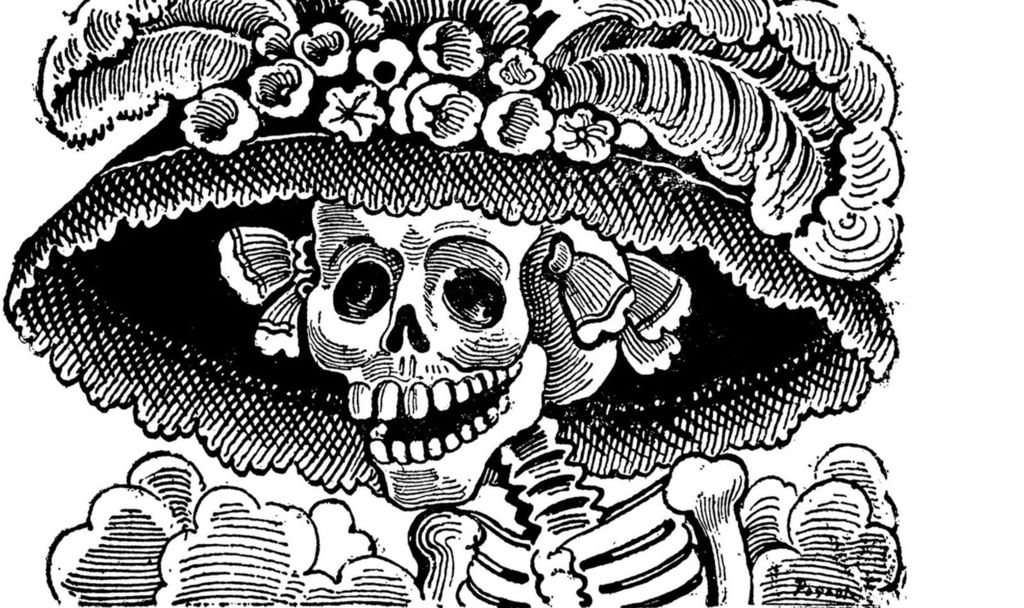By Iracema Navarro
Staff Reporter
The latest drama bordering on the absurd consuming Washington D.C.
But the true star attraction is a name discussed around the world along the clock, a character who those paying attention to the unfolding saga hear all the time, but one that many may not thoroughly know.
So consider this an introduction to Lady Impeachment to those who may want to get to know her a little better Why is she a lady ? Well, if the personification of justice is a blindfolded lady holding a set of scales why can’t the embodiment of impeachment be a woman? after all, impeachment by the U.S. House of Representatives of an official, and the subsequent trial and possible conviction of that official in the senate is definitely about justice.
Plus, she has some similarities with another woman: Mary Poppins. Both rarely appear and each seems to possess something like magic; Mary can fly and has an awesome bag of tricks; Lady Impeachment, because she can remove entire presidents out of office.
And wouldn’t that be awesome?
So whether you think the ongoing impeachment inquiry in the House is just the latest histrionic attempt by Democrats to undermine the results of a valid election, or the only thing that can put boot out a sitting president for abusing the power of his position, she’s going to be around a while. So you might as well get on better terms. And that means knowing a little about here.
So here are some things you probably
She is related to feet.
According to etymonline.com, the word impeach sprang from the Medieval Latin word impetere, which meant attack or accuse,” which is also where impetus comes from, and stems from the Latin pedica, “to shackle, fetter.” The root of pedica is ped, which meant base, or foot of a tree, which is where words like pedal, podiatrist and centipede come from. The word evolved through Old French and Anglo French and in middle English the verb apechen was used to or charge someone with an offense, and by the mid 1500s, empeach was used specifically to formally accuse the king or a member of the house of commons with treason or another high crime.
James Madison loved her; but was wise enough to set some boundaries with her
Before the Constitution was adopted in 1789, America’s first constitution was the Articles of Confederation. At the 1787 Constitutional Convention, there was wide support to fashion a central, or federal, government that was stronger than under the Articles. But not too strong. That’s why the powers of the federal government were split into three branches, the executive, legislative, and judicial, and why each was given ways to check the power of the other.
One way to check the power of the judiciary, who were given lifetime appointments, was to allow Congress the power to impeach them, since they were given lifetime appointments.
That had widespread support among convention members, but whether the president could be impeached was more problematic.
James Madison is credited with saying that leaving it up to the electors to not vote in a president wasn’t sufficient protection against one whose “loss of capacity, or corruption might be fatal to the republic.”
The convention agreed that impeachment should be in the constitution, but deciding what were grounds for impeachment was less certain. Several committees were formed one proposing “treason bribery and corruption, “another left out corruption and one convention member suggested “maladministration,” which Madison didn’t like because it was so vague it could mean that presidents could be removed under any pretense, giving Congress to much power over the executive.e
That last bit was straight outta
4. To get to her, you have to pass, or fail, the Friend Test
To get to this Lady, you have to impress half of her friends: all 435 of them. If more than half of the House of Representatives says you’re worthy a formal introduction you get one. But then you have to meet her cousins. There’s only 100 but to really make Lady Impeachment feel that this has been more than a one-year stand and not worth the trouble, you’ve got to impress 66 of them. Good luck
5. It’s hard to get close to her; but even harder to stay close.
In 235 years, only 19 men have shown up at her door, and she has refused to allow only seven to go home. Fifteen federal judges, one senator, a cabinet member and two presidents have been impeached by the House, but only seven have been convicted by the Senate and booted out of office (three resigned). Of the presidents, Andrew Johnson was impeached for illegally firing a secretary of war and Bill Clinton was impeached for a blow, uh, sorry, for lying under oath and obstructing justice over an investigation into a blowjob. Contrary to what you might think, Richard Nixon was never impeached; he resigned from office rather than face the indignity.

